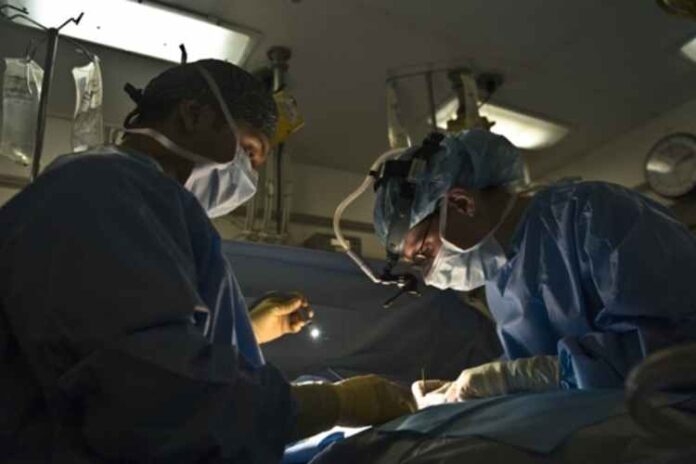You or your doctor may have used surgical sutures at some time in your life. If you have been in an accident and needed to get stitches, your stitches weren’t in neat little packages.
It is something that medical professionals have had to deal with since the beginning of time. Medical advancements and solutions, however, have changed the makeup of surgical sutures, making them a very effective solution for you or your physician.
Your body is a wound healing system that’s complex and intricate. Learning about different surgical sutures can help you understand how effective they can be for your healthcare needs.
Sutures are tiny threads (silk, cotton, or nylon filament) licensed to bind and mend. The process of applying sutures is “suturing.” Read to know more about the different types of surgical sutures.
Absorbable Sutures
Absorbable sutures are from materials slowly broken down by the body. They are usually used in delicate areas, such as the inside of the mouth, stomach, and intestine, and they don’t need removal after healing. Some examples of this type of suture are:
Vicryl Sutures
When answering the question of how to practice sutures, one type of suture comes to mind. Vicryl is made from a synthetic polymer and is a common type used in different surgical procedures.
Vicryl sutures will eventually be broken down and absorbed by the body. They are also flexible and easy to tie, making them a popular choice for many surgeons.
Catgut Sutures
Catgut sutures are usually made from the intestines of animals, typically sheep, and used in different surgeries. They are absorbable and used in internal surgeries.
Catgut sutures are strong and used in some tissues, but they are not ideal for all surgeries. For example, they should not be used in areas of high tension, such as the stomach, because they can cause the tissue to break down. Additionally, patients allergic to animal products cannot use this type of suture.
Non-Absorbable Sutures
Non-absorbable sutures are from materials the body cannot break down, so removing them after the wound has healed. These sutures are used on the skin to provide support while the wound heals and help to minimize scarring. Here are some examples of non-absorbable sutures:
Stainless Steel Sutures
Stainless steel sutures are one type of sutures commonly used in surgery. They are strong and resistant to infection.
They are also easy to remove, which is important because some types of sutures can be hard to remove. Stainless steel sutures are not always the best choice for every surgery, but they are a good option for many types of surgeries.
Nylon Sutures
Nylon sutures are one of the most common types of surgical sutures. They are usually made from a synthetic polymer and are incredibly strong and durable.
Nylon sutures can be either absorbable or non-absorbable, depending on the patient. They are ideal for closing wounds under a lot of tension, such as those in the abdomen or chest. They are commonly used on the skin because they need removal after healing.
Surgical Sutures Help Save Lives
There are many types of surgical sutures, each with advantages and disadvantages. The best suture for a particular surgery depends on the location and type of operation and the surgeon’s preference.
Whatever type of suture is applied, the surgeon must select the appropriate size, needle, and thread for the procedure. If you’re interested in learning more about medical devices, read more on our blog page.




